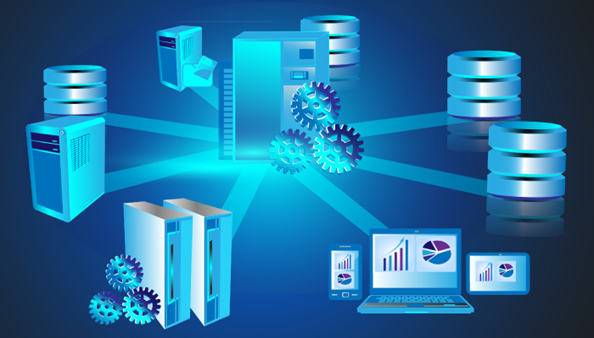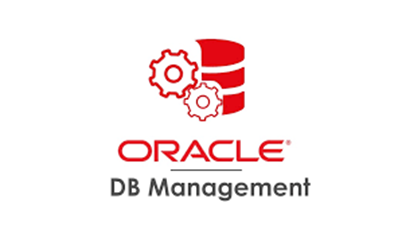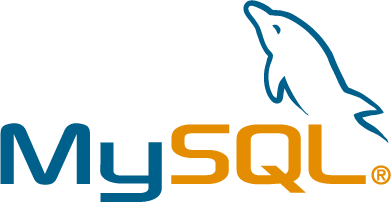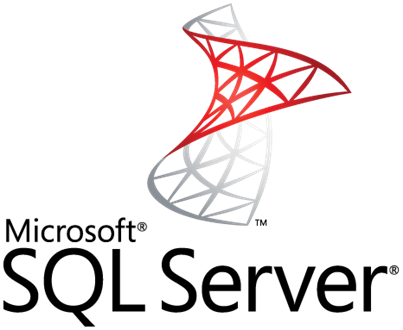DATABASE
INTRODUCTION

“Database” is a collection of data that is systematically stored on the computer. This data can be processed and processed with specific software to obtain information. The database definition includes the data type specification, the data structure and the data boundaries that are to be retained.
“Database” is an important aspect in the information system, since the database is used as a data warehouse before this data is processed. The database is also important because it can be used to organize and reduce redundant data.
A certain software called DBMS (Database Management System) has to be used to control, access and maintain the database process. The example of DBMS like; SQL Server, MySQL, Oracle or the best known DBMS is Microsoft Access.
TYPE OF DATABASES
Database can be divided into 2 different type:
- Flat-File Database
This type of database is the most ideal for simple and small-sized data because it can be changed easily, but the flat-file database has some deficiency such as data corruption and data duplication.
- Relational Database
The ‘relational’ from relational database here is taken from the fact that this type of database uses relation between tables and can be connected to each other. Relational database uses a collection of two dimension tables, and in each table consists of rows and columns.
To create the relation between these tables first we need to declare the key attribute, a primary key in a table and a foreign key on the other table.
DATABASE DBMS EXAMPLE

- ORACLE
Oracle is a famous relational database which is owned by Oracle Corporation. Many people said that oracle is the best database version for commercial use. Oracle is considered better for performance and scalability issues compared to other commercial databases.
Advantages:
- Many features can meet the demands of flexibility of large organizations.
- Can use more than one server and data storage easily and transparently.
Disadvantages:
- The most complicated and most expensive DBMS in the world. It uses a lot of costs, ranging from devices to the need for a reliable DBA(Database Administrator).
- MySQL

MySQL is the most popular and most used open-source database for web-based application in the world. The use of MySQL as the main database for web applications is often combined with PHP as an object-oriented scripting language.
Advantages:
- Good data security.
- Easy to manage the database
Disadvantages:
- The most complicated and most expensive DBMS in the world. It uses a lot of costs, ranging from devices to the need for a reliable DBA(Database Administrator).
- Lack of support for connections to visual programming languages such as VB, Delphi, and Foxpro because this connection causes the read field must match the connection of the visual program.
- Microsoft SQL Server

Microsoft SQL Server is a commercial relational database. Unlike Microsoft Office Access, which is intended for desktop computers, Microsoft SQL Server provides database management services for enterprise classes as well as integrated business intelligence (BI) tools.
Advantages:
- Suitable for small, medium and large scale companies so that they are able to process large amounts of data.
- Have the ability to manage users and each user can set access rights to a database by the database administrator.
Disadvantages:
- Can only run on one operating system platform, which is Microsoft Windows.
- Is a licensed and expensive software for small and medium scale companies
Refrences:

